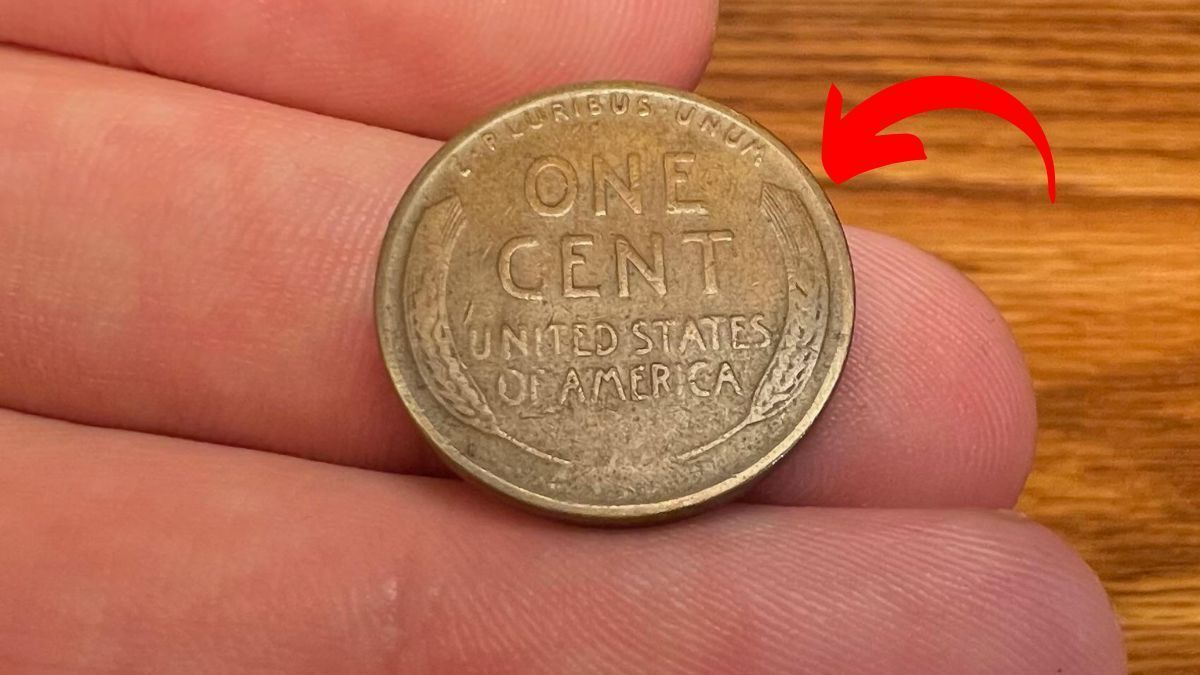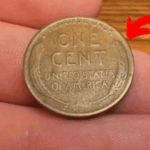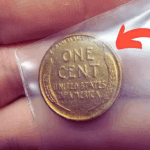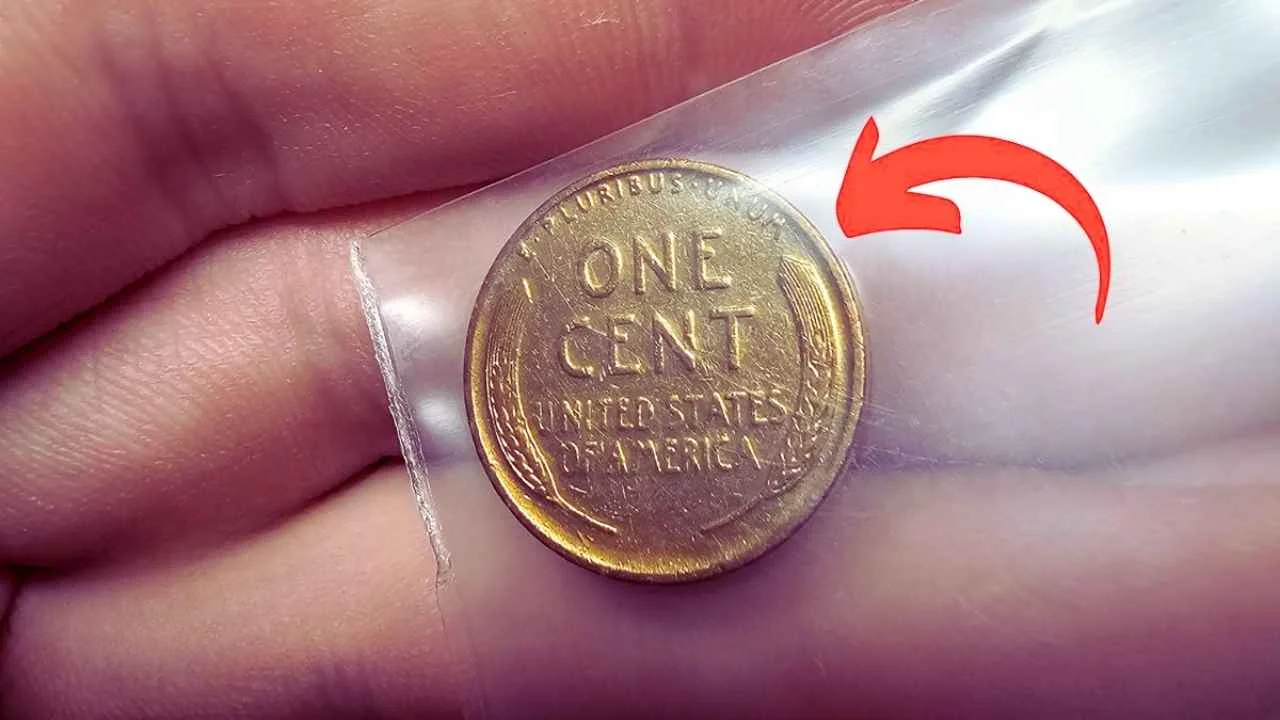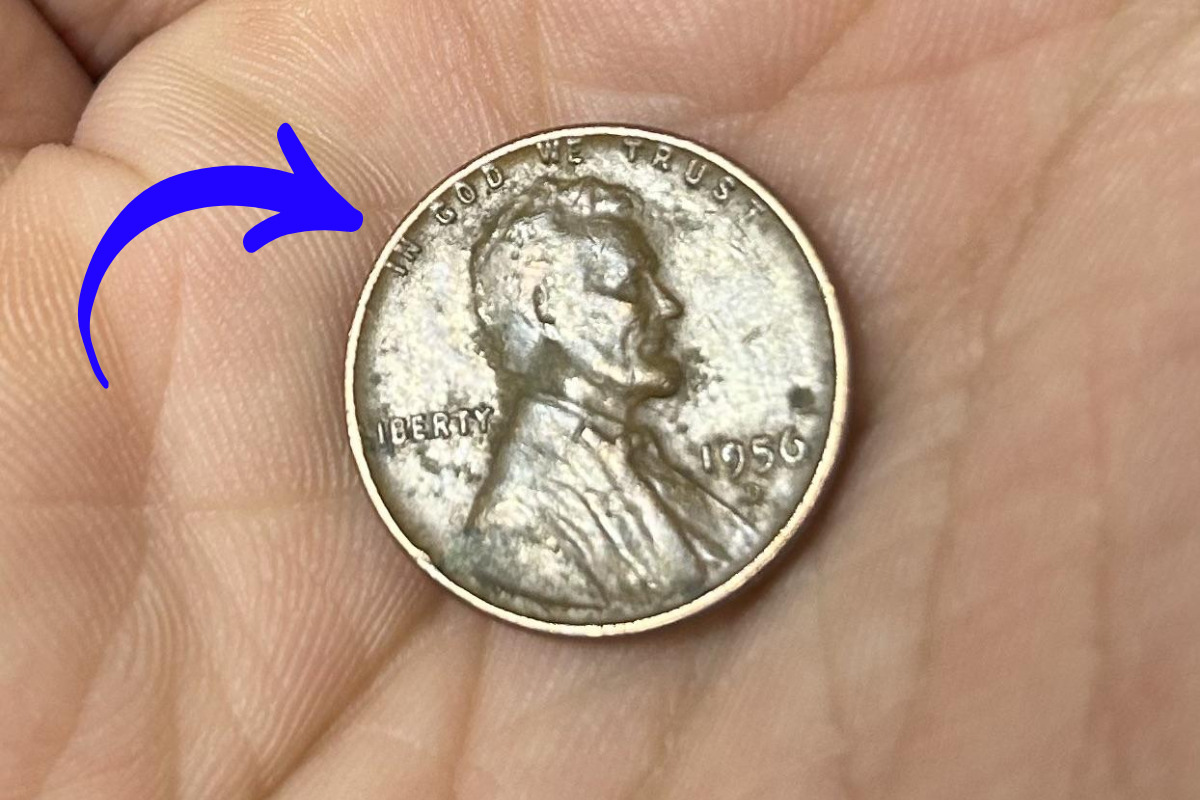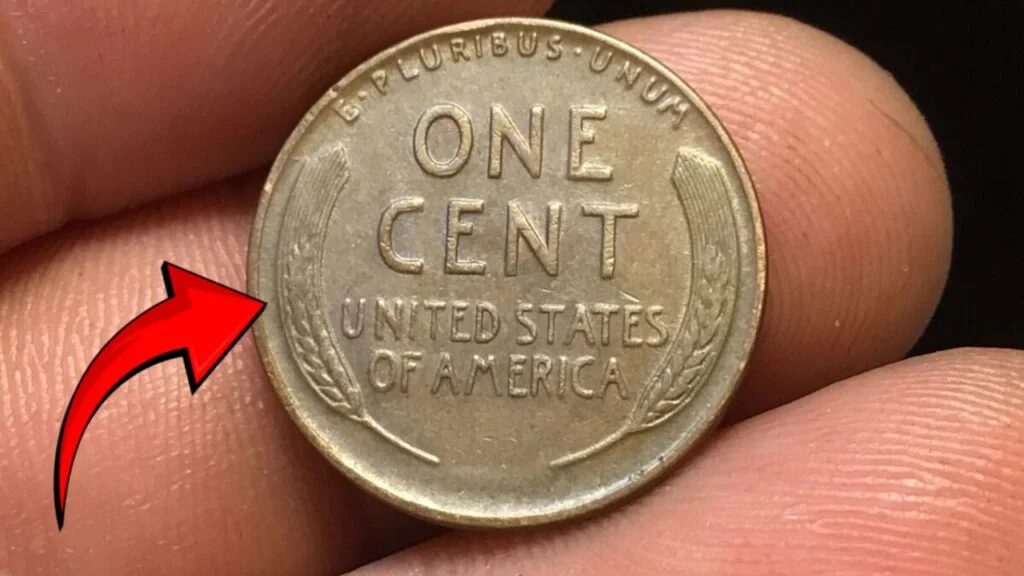The Lincoln Wheat Penny Valued at $6 Million: In 1909, the United States made history by creating the first American coin to feature a real person instead of symbolic figures. The Lincoln Wheat Penny emerged to celebrate Abraham Lincoln’s 100th birthday, replacing the previous Indian Head Penny design. Victor David Brenner designed this revolutionary coin with Lincoln’s profile on the front and two wheat stalks on the back, symbolizing America’s agricultural strength. These wheat stalks gave the penny its popular nickname and became an iconic symbol that would grace American currency for nearly fifty years. From 1909 to 1958, billions of these pennies circulated through American hands, witnessing major historical events including two World Wars and the Great Depression.
The Six Million Dollar Secret Behind Wartime Production
The most valuable Lincoln Wheat Penny owes its astronomical worth to a fascinating wartime mistake. During World War II in 1943, the government needed copper for military supplies like shell casings and communication equipment. To save this precious metal, the mint switched to producing pennies from zinc-coated steel, creating the distinctive silver-colored steel pennies. However, a small number of copper blanks accidentally remained in the coin presses when production began. These accidental 1943 copper pennies, numbering fewer than twenty examples, became one of the most significant minting errors in American history. The extreme rarity combined with their wartime significance has pushed their value to an estimated six million dollars, making them worth more than six hundred million times their original face value.
Other Valuable Treasures in the Wheat Penny Family
While the 1943 copper penny represents the pinnacle of wheat penny values, several other dates command impressive prices among collectors. The 1909-S VDB penny features the designer’s initials prominently displayed, which caused public controversy and led to their quick removal. This controversy created one of the lowest mintage Lincoln cents, with well-preserved examples selling for thousands of dollars. The 1914-D penny from the Denver mint had relatively low production numbers, making excellent condition examples worth several thousand dollars. The 1922 Plain penny resulted from worn dies that failed to imprint the mint mark, creating valuable error coins. The 1955 Doubled Die penny shows dramatic doubling of dates and letters due to manufacturing misalignment, making these striking errors highly sought after by collectors.
The Exciting Possibility of Hidden Treasures
One of the most thrilling aspects of coin collecting is knowing that valuable pennies might still exist in everyday circulation. While most rare wheat pennies have been discovered and removed from circulation over the decades, genuine possibilities remain for finding extraordinary specimens. Many people inherit collections of old coins without understanding their potential value, sometimes spending rare pennies at face value. Additionally, not everyone recognizes valuable coins when they encounter them, meaning treasures could pass through countless hands unnoticed. Stories of valuable discoveries continue to emerge, such as the Massachusetts family who found a 1943 copper penny in their father’s collection in 2019, proving that remarkable finds still happen.
Identifying Valuable Wheat Pennies in Your Collection
Anyone interested in searching for valuable wheat pennies should start by examining the coin’s reverse side for the distinctive wheat stalks design, which identifies pennies minted between 1909 and 1958. Next, check the date on the front and look for mint marks below the date, with D indicating Denver mint and S representing San Francisco, while Philadelphia coins have no mint mark. Pay special attention to key dates including 1909-S, 1914-D, 1922 no-D, and any 1943 penny that appears copper-colored rather than steel. Remember that steel 1943 pennies are magnetic while copper ones are not, providing a simple test for authenticity. Condition dramatically affects value, so even common dates in perfect condition can be worth significantly more than face value.
The Enduring Appeal of America’s Favorite Collectible
The Lincoln Wheat Penny represents more than just a potentially valuable collectible, serving as a tangible connection to American history and the evolution of our currency. These coins witnessed pivotal moments in our nation’s development and continue to fascinate collectors of all ages with their accessibility and historical significance.
Disclaimer: This article provides general information about coin collecting and historical context. Coin values fluctuate based on market conditions, authenticity, and condition. Always consult professional numismatic experts for authentication and current market valuations before making any buying or selling decisions.
